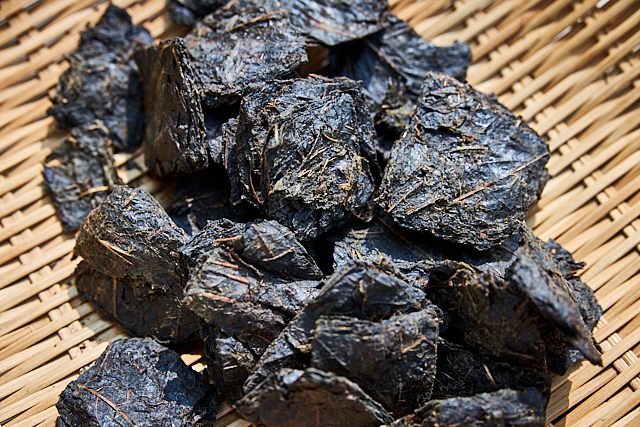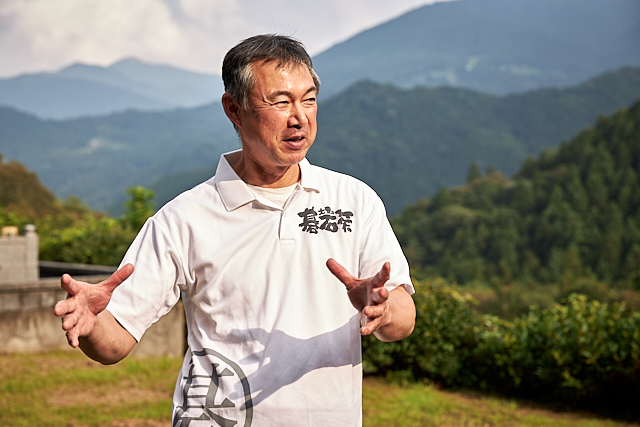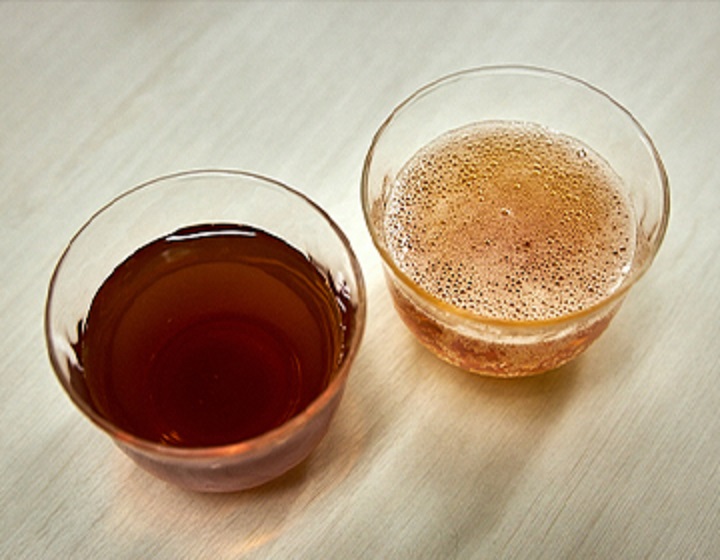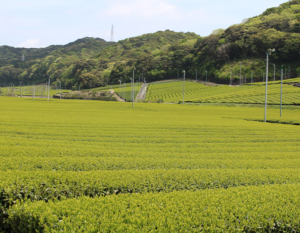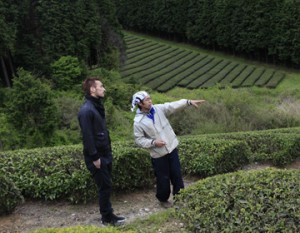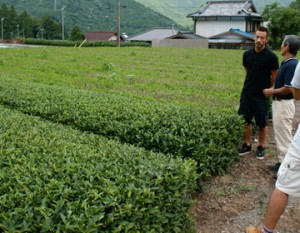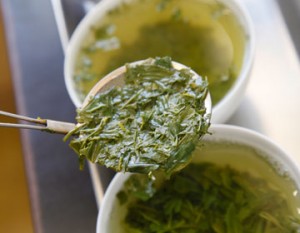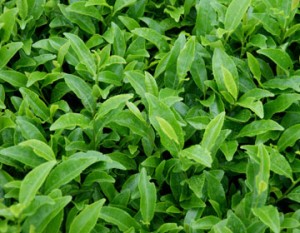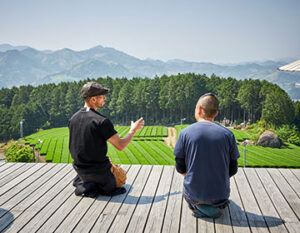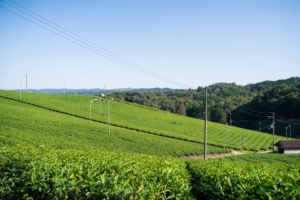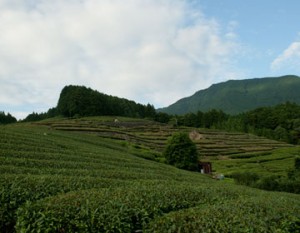Fully fermented tea “Gosekicha” for good health
There are many types of tea in Japan, but a rare fermented tea is produced in Otoyo-cho, Nagaoka-gun, Kochi Prefecture, in the middle of Shikoku. Goishi tea, a fully fermented tea that has been attracting attention in recent years as a health food rich in lactic acid bacteria, has been produced for more than 400 years in this mountain town rich in nature.
It is said that Goishi tea was introduced from China about 400 years ago. It is characterized by its unique flavor produced through a two-step fermentation process. At its peak, more than 100 tons were produced, but by the end of the Showa period, only one house was producing it, and it was in danger of disappearing for a while. However, an association was formed to preserve this traditional tea, and now four farmers and one corporation are producing Goishi tea,” said Yuji Yoshimura of Otoyo Town Goishi Tea Cooperative Association.
When you take a sip of Goishi tea, a slightly peculiar sour taste fills your mouth. It tastes similar to pu-erh tea, a fermented Chinese tea, but it has a mellower taste, and as you get used to the sourness while drinking it, its deep flavor becomes addictive. The vegetable lactic acid bacteria contained in abundance by the two-step fermentation is said to be 23 times more than that in Pu-erh tea, and since vegetable lactic acid bacteria work in the body without losing out to other microorganisms, it has a beneficial effect on intestinal regulation, hay fever, influenza prevention, hyperlipemia, inhibition of arteriosclerosis, and lowering of blood pressure. The effects of plant lactobacilli have been announced at academic conferences and other occasions.
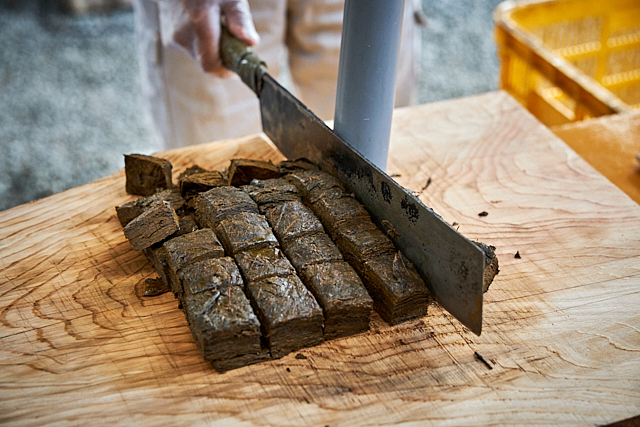
Tea that can only be produced in Otoyo Town, Kochi Prefecture
While black tea, a type of fermented tea, is oxidatively fermented, Go Shi Cha is fermented by microorganisms. In the first stage, tea leaves are placed in a large barrel with branches and steamed, then the branches are removed and the tea leaves alone are spread out on a mushiro to allow air to pass through to form a mold, and in the second stage, they are placed in a wooden barrel to ferment. The tea leaves stacked in the wooden barrels are truly “pickled tea leaves. The tea leaves are cut into small pieces and dried in the sun to complete the Goishi tea. The tea leaves are fermented by microorganisms, and only the fungus on the tea leaves in Otoyo Town, Kochi Prefecture, can make goishi tea.
Goishi tea is made from June to August. We choose sunny days to dry the tea in the sun. The name comes from the pitch black appearance of the tea when it is dried. It is said that the name comes from the pitch black appearance of the tea when it is dried, which looks like a row of go stones when seen from a distance.
Fermenting tea with microorganisms is a rarity in the world, with the only other places overseas being Yunnan Province in China and the border region between Thailand and Myanmar, but it is curious that there are four production areas in Japan, three of which are in Shikoku.
Like many agricultural and traditional industries, the production of Goishi tea is aging, and it is becoming difficult to carry on the tradition. However, if people know the taste and benefits of Goishi tea, the number of Goishi tea fans will increase. It is both delicious and healthy. I wish more people know that such tea is available in Japan.
